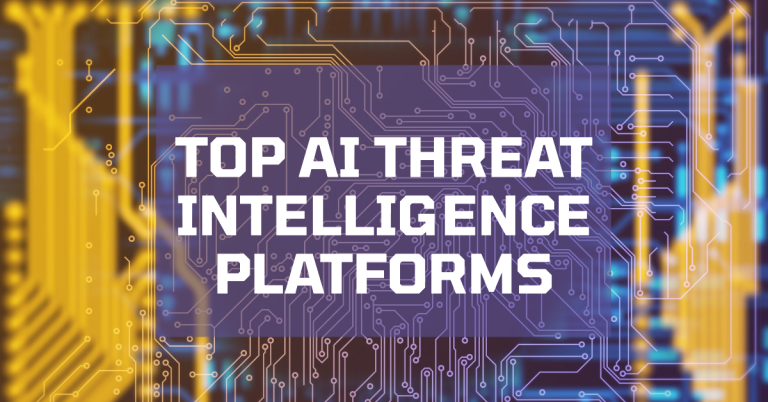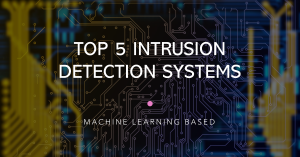Introduction: 6 Leading AI Threat Intelligence Platforms Reviewed
In today’s rapidly evolving digital landscape, cybersecurity threats are more sophisticated and damaging than ever. Organizations increasingly rely on AI-driven threat intelligence platforms to stay ahead of cyber adversaries. These platforms harness the power of artificial intelligence (AI) to detect, analyze, and respond to cyber threats in real-time, providing organizations with the necessary tools to protect their digital assets. This article, 6 Leading AI Threat Intelligence Platforms Reviewed, will review six of the leading AI threat intelligence platforms.
Each offers unique features and capabilities that cater to different security needs. Whether you are a small business or a large enterprise, understanding these platforms’ strengths and weaknesses will help you decide which is best suited to protect your organization.
1. CrowdStrike Falcon X
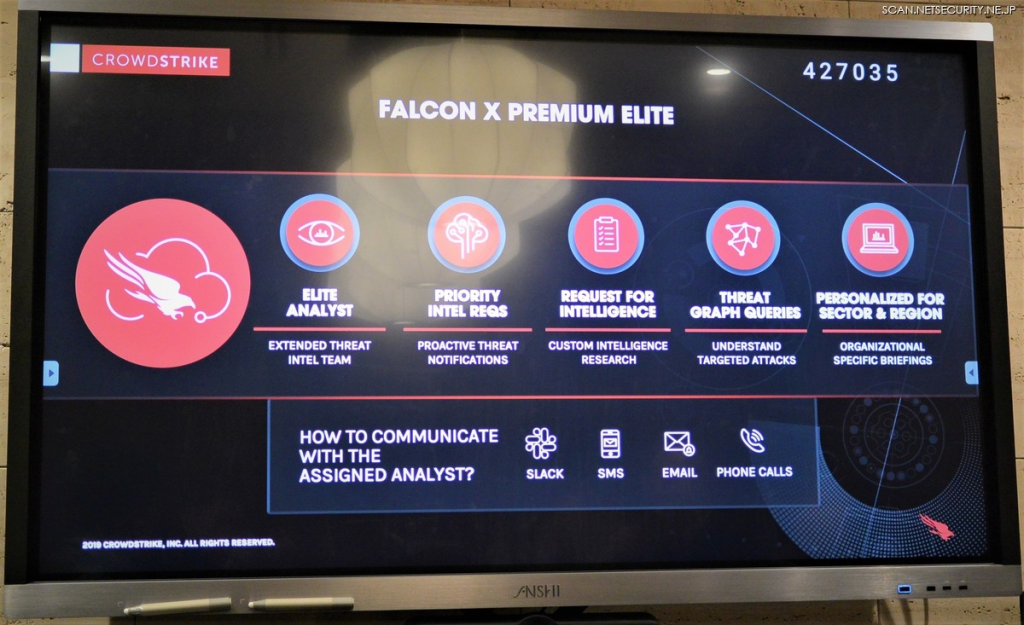
Overview
CrowdStrike Falcon X is one of the market’s most widely recognized AI threat intelligence platforms. It combines AI-driven analytics with human expertise to provide comprehensive threat intelligence and endpoint protection.
Key Features
- Real-Time Threat Detection: Falcon X uses machine learning algorithms to analyze vast amounts of data in real-time, enabling it to detect and respond to threats as they occur.
- Automated Threat Analysis: The platform automates malware analysis, allowing security teams to focus on more critical tasks.
- Threat Intelligence Integration: Falcon X integrates with CrowdStrike’s extensive threat intelligence database, providing users with insights into global threat activity.
- Incident Response: The platform offers tools for incident response, helping organizations quickly contain and remediate threats.
Pros
- High Accuracy: CrowdStrike Falcon X is known for its high accuracy in detecting and mitigating threats, thanks to its advanced AI algorithms.
- User-Friendly Interface: The platform’s interface is intuitive and easy to navigate, making it accessible even to users with limited technical expertise.
- Scalability: Falcon X is highly scalable, making it suitable for organizations of all sizes.
Cons
- Cost: The platform is relatively expensive, which may be a consideration for smaller organizations with limited budgets.
- Complexity: While the platform is powerful, it can be complex to deploy and configure, especially for organizations without a dedicated IT security team.
Conclusion
CrowdStrike Falcon X is a top-tier AI threat intelligence platform that offers comprehensive protection against cyber threats. While it may be pricier, its advanced features and scalability make it a worthwhile investment for organizations prioritising security.
2. IBM Security QRadar

Overview
IBM Security QRadar is a robust security information and event management (SIEM) platform that leverages AI to provide deep-threat intelligence and security analytics. It is designed to help organizations detect and respond to security incidents more effectively.
Key Features
- AI-Powered Threat Detection: QRadar uses AI and machine learning to identify and prioritize threats, reducing the noise of false positives.
- Comprehensive Security Analytics: The platform provides detailed analytics on security events, helping organizations understand the nature and scope of threats.
- Automated Response: QRadar can automate the response to certain types of security incidents, helping to reduce the time it takes to mitigate threats.
- Integration with Other IBM Security Solutions: The platform integrates seamlessly with other IBM security solutions, offering a comprehensive security ecosystem.
Pros
- Advanced Analytics: QRadar’s AI-driven analytics provide deep insights into security events, helping organizations to make informed decisions.
- Customization: The platform is highly customizable, allowing organizations to tailor it to their security needs.
- Strong Integration: QRadar integrates well with other security tools and platforms, providing a unified approach to threat management.
Cons
- Learning Curve: The platform has a steep learning curve, particularly for users unfamiliar with SIEM solutions.
- Cost: Like Falcon X, QRadar can be expensive, especially when additional modules are required.
Conclusion
IBM Security QRadar is a powerful AI-driven threat intelligence platform that excels in security analytics and incident response. It is best suited for larger organizations with the resources to utilize its capabilities thoroughly.
3. ThreatConnect
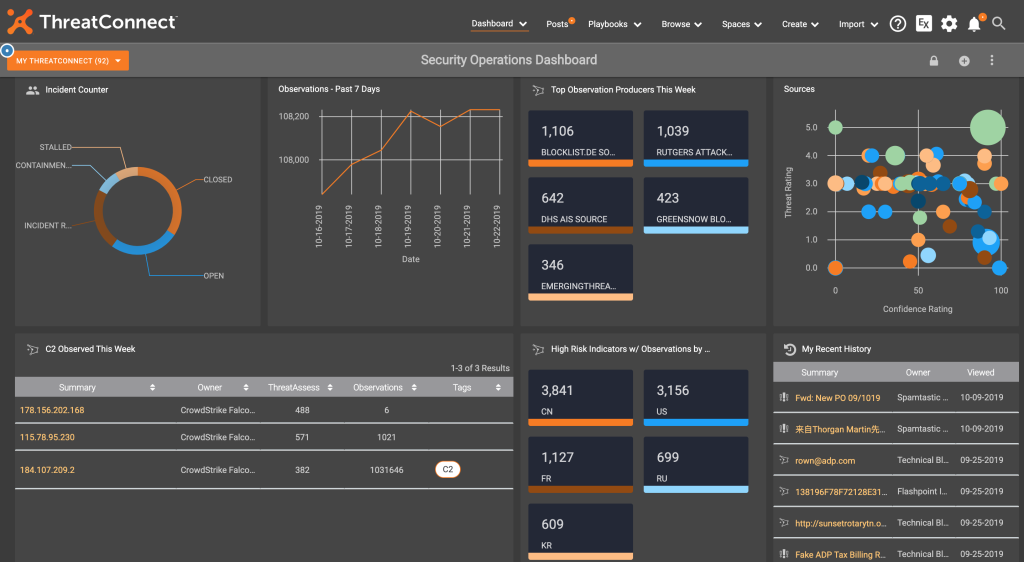
Overview
ThreatConnect is an AI-powered threat intelligence platform that combines threat data, analytics, and incident response in a single platform. It is designed to help organizations improve their security posture by providing actionable threat intelligence.
Key Features
- AI-Driven Threat Intelligence: ThreatConnect uses AI to analyze threat data from multiple sources, providing users with a comprehensive view of the threat landscape.
- Automation and Orchestration: The platform includes automation and orchestration capabilities, allowing organizations to streamline their security operations.
- Collaborative Environment: ThreatConnect facilitates collaboration between security teams, helping them to share threat intelligence and coordinate responses.
- Integration with Security Tools: The platform integrates with various security tools, enhancing its functionality and effectiveness.
Pros
- Comprehensive Threat Intelligence: ThreatConnect provides detailed and actionable intelligence, helping organizations avoid cyber threats.
- Flexibility: The platform is highly flexible. And can be customized to meet the specific needs of different organizations.
- Community Collaboration: ThreatConnect’s collaborative features enable security teams to collaborate more effectively.
Cons
- Complexity: The platform can be complex to set up and use, particularly for organizations without a dedicated security team.
- Price: ThreatConnect is priced at the higher end of the market. Which may be a barrier for some organizations.
Conclusion
ThreatConnect is a versatile AI threat intelligence platform that offers a wide range of features to enhance an organization’s security posture. Its collaborative and automation capabilities make it an excellent choice for organizations looking to improve their threat intelligence and response efforts.
4. Palo Alto Networks Cortex XSOAR
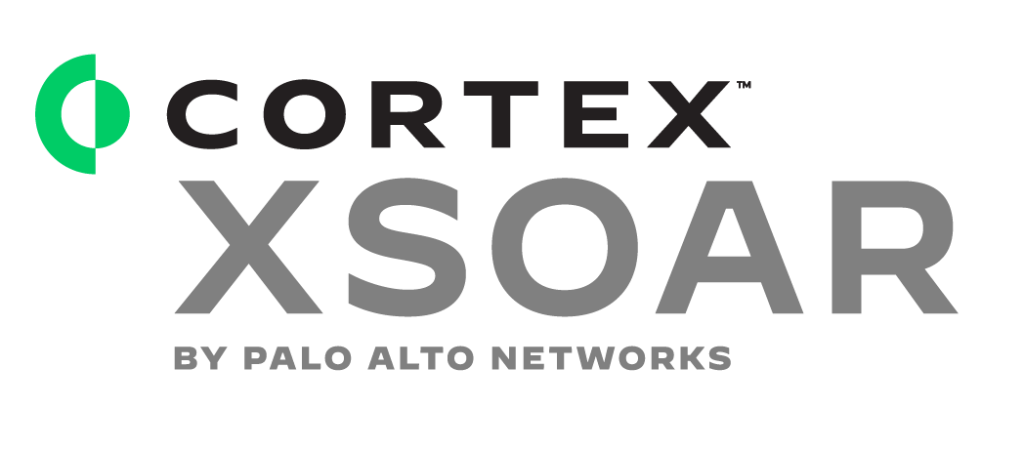
Overview
Palo Alto Networks Cortex XSOAR (Extended Security Orchestration, Automation, and Response) is an advanced security platform that combines AI-driven threat intelligence with automation and orchestration capabilities. It is designed to help organizations automate their security operations. And respond to threats more effectively.
Key Features
- AI-Driven Threat Detection: Cortex XSOAR uses AI to detect and analyze threats, providing organizations real-time insights into potential security incidents.
- Automation and Orchestration: The platform automates repetitive security tasks, freeing up security teams to focus on more critical issues.
- Incident Management: Cortex XSOAR offers robust incident management tools, helping organizations to track, manage, and resolve security incidents.
- Integration with Security Tools: The platform integrates with a wide range of security tools, enhancing its ability to detect and respond to threats.
Pros
- Efficiency: Cortex XSOAR’s automation capabilities help organizations streamline security operations and respond to threats more quickly.
- Scalability: The platform is highly scalable, making it suitable for organizations of all sizes.
- User-Friendly Interface: Cortex XSOAR offers an intuitive interface that makes it easy for security teams to manage and respond to threats.
Cons
- Complexity in Setup: The initial setup and configuration of Cortex XSOAR can be complex and time-consuming.
- Cost: As with other leading AI threat intelligence platforms, Cortex XSOAR has a significant price tag.
Conclusion
Palo Alto Networks Cortex XSOAR is a robust platform that combines AI-driven threat intelligence with automation and orchestration capabilities. It is an excellent choice for organizations looking to improve the efficiency of their security operations and enhance their ability to respond to threats.
5. FireEye Helix

Overview
FireEye Helix is an AI-driven security operations platform integrating threat intelligence, analytics, and incident response. It is designed to help organizations detect and respond to cyber threats more effectively.
Key Features
- AI-Powered Threat Detection: Helix uses AI and machine learning to detect and prioritize threats, reducing the risk of false positives.
- Comprehensive Security Analytics: The platform provides detailed analytics on security events, helping organizations to understand the nature and impact of threats.
- Automated Response: Helix automates the response to certain types of security incidents, helping to reduce the time it takes to mitigate threats.
- Integration with FireEye’s Threat Intelligence: The platform integrates with FireEye’s extensive threat intelligence database, providing users with insights into global threat activity.
Pros
- Advanced Threat Detection: Helix is known for its ability to detect. And respond to advanced threats, thanks to its AI-driven analytics.
- Strong Integration: The platform integrates well with other security tools, providing a comprehensive approach to threat management.
- User-Friendly Interface: Helix offers an intuitive interface that makes it easy for security teams to manage and respond to threats.
Cons
- Cost:FireEye Helix is priced at the higher end of the market. Which may be a barrier for some organizations.
- Complexity: The platform can be complex to deploy and configure, particularly for organizations without a dedicated security team.
Conclusion
FireEye Helix is a robust AI-driven security operations platform that excels in threat detection and response. Its integration with FireEye’s threat intelligence database makes it a valuable tool for organizations looking to enhance their security posture.
6. Darktrace

Overview
Darktrace is an AI-powered cybersecurity platform that uses machine learning to detect and respond to cyber threats. It is known for identifying emerging threats and anomalies within an organization’s network.
Key Features
- AI-Driven Threat Detection: Darktrace uses machine learning to detect unusual behaviour and emerging threats in real-time.
- Autonomous Response: The platform’s AI-driven response capabilities allow it to act autonomously against threats, reducing the need for human intervention.
- Threat Visualization: Dark
trace provides detailed visualizations of threats and network activity, helping security teams understand the nature of threats.
- Self-Learning AI: The platform’s AI continually learns from new data, improving its ability to detect and respond to threats over time.
Pros
- Proactive Threat Detection: Darktrace’s self-learning AI effectively detects emerging threats and anomalies.
- Autonomous Response: The platform’s autonomous response capabilities can help organizations respond quickly and efficiently to threats.
- User-Friendly Interface: Darktrace offers an intuitive interface that makes it easy for security teams to monitor and manage threats.
Cons
- Cost: Darktrace is a premium platform, which may be a consideration for smaller organizations.
- Complexity: The platform can be complex to set up and configure, particularly for organizations without a dedicated security team.
Conclusion: 6 Leading AI Threat Intelligence Platforms Reviewed
Darktrace is a cutting-edge AI-powered cybersecurity platform that excels in proactive threat detection and autonomous response. Its self-learning AI and user-friendly interface make it an excellent choice for organizations looking to stay ahead of emerging threats.
Final Thoughts: 6 Leading AI Threat Intelligence Platforms Reviewed
In an increasingly complex and dangerous cyber landscape, AI-driven threat intelligence platforms are becoming essential tools for organizations of all sizes. The six platforms reviewed in this article — CrowdStrike Falcon X, IBM Security QRadar, ThreatConnect, Palo Alto Networks Cortex XSOAR, FireEye Helix, and Darktrace — each offer unique features and capabilities that can help organizations protect themselves against cyber threats.
When choosing a platform, consider your organization’s size, budget, and security needs. Whether you are looking for advanced threat detection, automation, or a comprehensive security ecosystem, one platform will likely meet your requirements.
Investing in one of the 6 leading AI threat intelligence platforms is crucial for safeguarding your organization’s digital assets and staying ahead of cyber adversaries.
Some links in this article may be affiliate links, meaning they could generate compensation to us without any additional cost to you should you choose to purchase a paid plan. These are products we have personally used and confidently endorse. It’s important to note that this website does not offer financial advice. You can review our affiliate disclosure in our privacy policy for more information.

